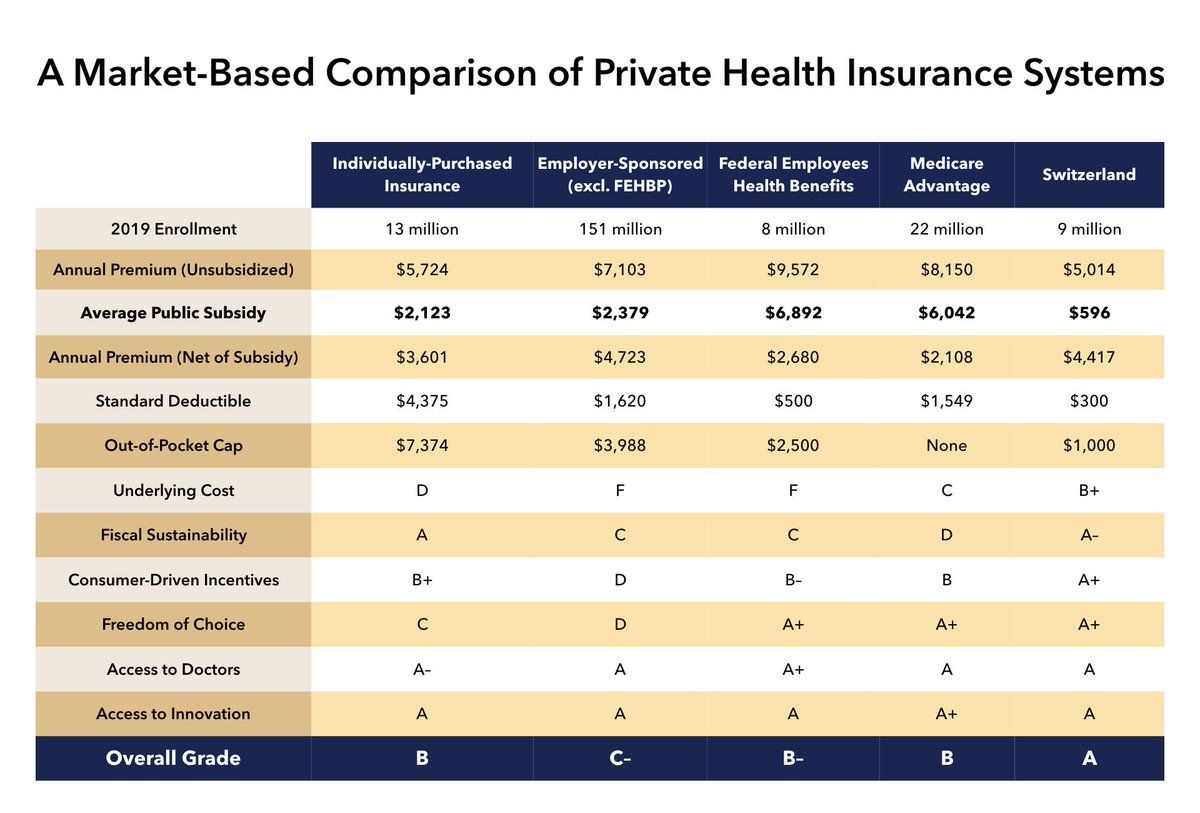As a federal employee, navigating the maze of health insurance options can be daunting. With a myriad of plans to choose from, it’s essential to understand the most popular and widely-used program among your colleagues. In this comprehensive article, we’ll delve into the Federal Employees Health Benefits (FEHB) Program, the health insurance choice of most federal employees, and explore its features, benefits, and enrollment process.
The Federal Employees Health Benefits (FEHB) Program: The Preferred Choice
The FEHB Program stands out as the go-to health insurance option for a vast majority of federal employees. This comprehensive program offers a wide range of health plans, catering to diverse needs and preferences. Here’s what you need to know about the FEHB Program:
-
Comprehensive Coverage: The FEHB Program provides comprehensive health insurance coverage, ensuring that you and your family can meet your healthcare needs effectively.
-
Diverse Plan Options: With the FEHB Program, you have the freedom to choose from a variety of plan types, including fee-for-service plans, health maintenance organizations (HMOs), consumer-driven plans, and high-deductible health plans (HDHPs).
-
Nationwide Availability: The program offers plans that are available nationwide, making it convenient for federal employees regardless of their location or travel requirements.
-
Shared Premiums: In most cases, the premiums for your FEHB enrollment are shared between you and your federal agency, making the coverage more affordable.
Understanding the FEHB Plan Types
To make an informed decision, it’s essential to understand the different plan types offered under the FEHB Program:
Fee-for-Service Plans
Fee-for-service plans, also known as FFS plans, allow you to choose your own healthcare providers, including doctors, hospitals, and specialists. These plans typically require you to pay a deductible and a percentage of the covered expenses, known as coinsurance.
Health Maintenance Organizations (HMOs)
HMOs provide comprehensive healthcare services through a network of participating providers. You’ll have a primary care physician who coordinates your care and provides referrals to specialists when needed. HMOs generally have lower out-of-pocket costs but less flexibility in choosing providers outside the network.
Consumer-Driven Plans
Consumer-driven plans, such as high-deductible health plans (HDHPs), offer lower premiums but higher deductibles. These plans are often paired with tax-advantaged accounts like Health Savings Accounts (HSAs) or Health Reimbursement Arrangements (HRAs), which allow you to set aside pre-tax dollars to pay for eligible healthcare expenses.
Preferred Provider Organizations (PPOs)
PPOs are a type of fee-for-service plan that offers a network of preferred providers. You can choose to receive care from in-network providers at a lower cost or out-of-network providers at a higher cost-sharing level.
Enrolling in the FEHB Program
As a new or newly eligible federal employee, you have a window of 60 days from the date of becoming eligible to enroll in the FEHB Program. Here’s how the enrollment process works:
-
Review Plan Options: Carefully review the available plan options, considering factors such as premiums, deductibles, copays, provider networks, and covered services.
-
Complete the Enrollment Form: Fill out the appropriate enrollment form, typically the SF 2809. Some agencies may offer electronic enrollment options.
-
Submit the Enrollment Form: Submit your completed enrollment form to your agency’s human resources office within the 60-day enrollment period.
-
Effective Date: Your FEHB coverage typically becomes effective on the first day of the first pay period that begins after your enrollment request is received and follows a pay period during any part of which you are in pay status.
Keeping Your Coverage
Once you’re enrolled in the FEHB Program, your coverage typically continues until you leave federal service or make changes during the annual Open Season period (mid-November through mid-December) or experience a qualifying life event (QLE).
If you leave federal service, you may have the option for a 31-day free extension of coverage, Temporary Continuation of Coverage (TCC) for up to 18 months, or the opportunity to convert to an individual policy or receive assistance in obtaining coverage inside or outside of the health insurance exchanges.
Retirement and the FEHB Program
One of the remarkable benefits of the FEHB Program is that you can keep your coverage when you retire, provided you meet certain eligibility requirements. This continuity of coverage can be invaluable, ensuring that you and your family maintain access to quality healthcare even after you leave federal service.
Conclusion
For most federal employees, the Federal Employees Health Benefits (FEHB) Program is the go-to choice for health insurance. With its comprehensive coverage, diverse plan options, shared premiums, and nationwide availability, the FEHB Program offers a compelling solution for meeting your healthcare needs. By understanding the program’s features, plan types, and enrollment process, you can make an informed decision and choose the plan that best suits your unique requirements. Embrace the peace of mind that comes with quality health insurance and make the most of the benefits available to you as a federal employee.
Federal Employee Retirement Health Benefits and Medicare
FAQ
What kind of insurance do government employees have?
What health care is provided by federal employees?
Do federal employees keep their health insurance?
How much does a federal employee pay for health insurance?

